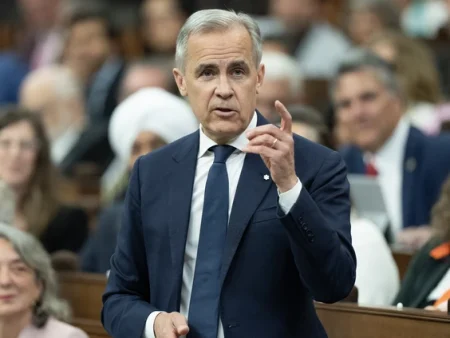Fresh data shows that the Canadian economy declines in early 2025, driven by weak consumer spending, slower business investment, and falling output in several industries. This economic dip has raised concerns about a broader slowdown heading into the second half of the year.
Statistics Canada reports that gross domestic product (GDP) fell slightly to start the year, with notable declines in retail, construction, and manufacturing.
Key Reasons Behind the Economic Slowdown
Consumer Spending Drops
High interest rates and rising living costs have caused many households to reduce spending. Retailers, especially those in non-essential goods, are seeing lower foot traffic and sales.
Business Investment Slows
Companies are holding back on new projects. Economic uncertainty and tighter credit conditions are making many firms cautious about hiring or expansion.
See More: Over 2 Million Ninja Pressure Cookers Recalled for Burn Injury Risk
Sectors Leading the Decline
Construction and Manufacturing Take a Hit
The construction industry is feeling the impact of fewer housing starts and commercial developments. Manufacturing output also declined as export demand weakened and supply chain issues lingered.
Natural Resources Remain Flat
While energy prices have remained relatively stable, output in mining and oil and gas showed little change, offering no boost to overall growth.
What Experts Are Watching Next
Economists are keeping a close eye on inflation trends and consumer confidence. If central banks ease interest rates later this year, it could help stabilize spending and investment.
Still, many analysts expect slow growth to continue through mid-2025.
Conclusion: Growth Under Pressure
As the Canadian economy declines in early 2025, policymakers, businesses, and investors must adjust to changing market conditions. The months ahead will be critical in determining whether this slowdown is temporary—or the start of a more serious downturn.







